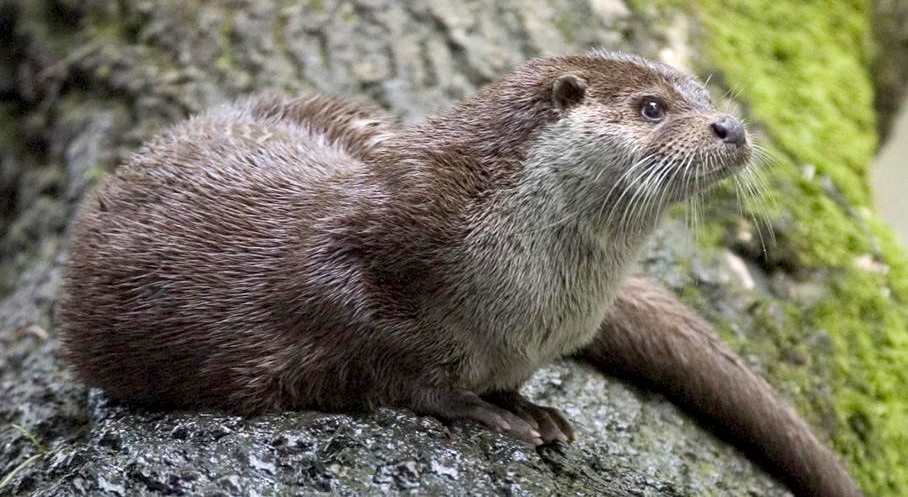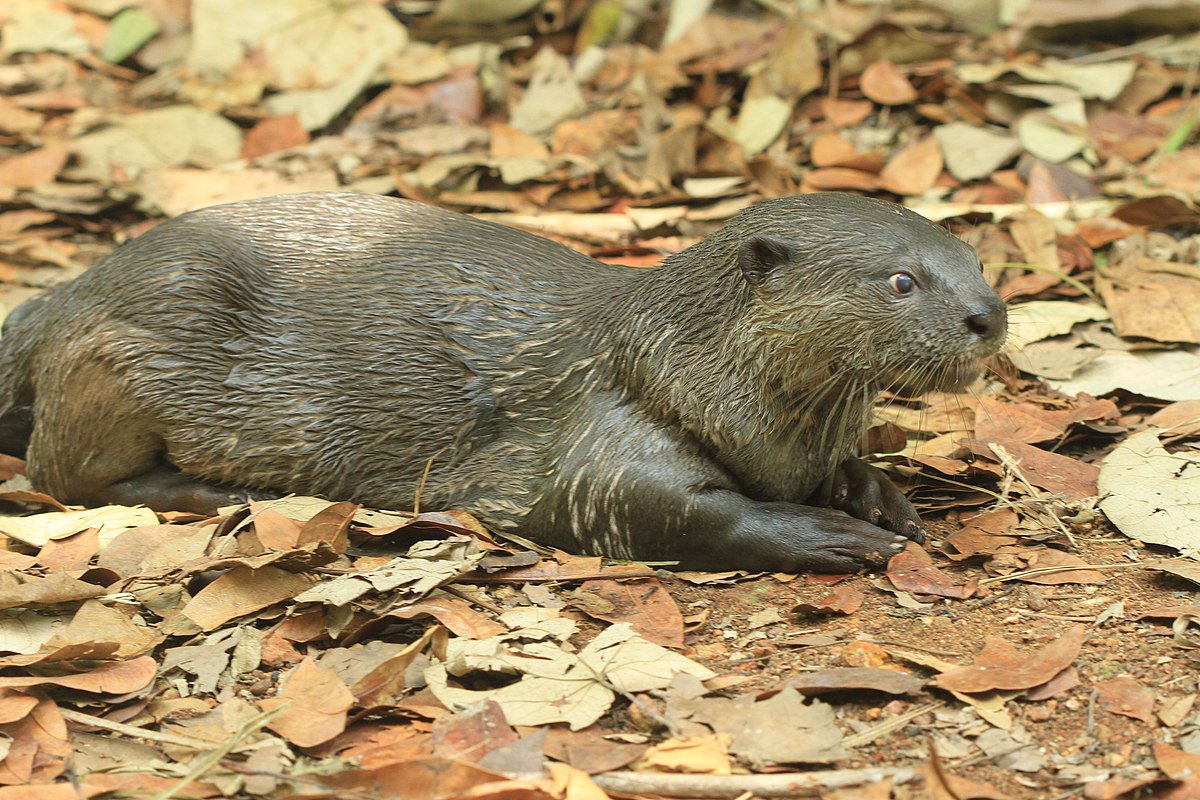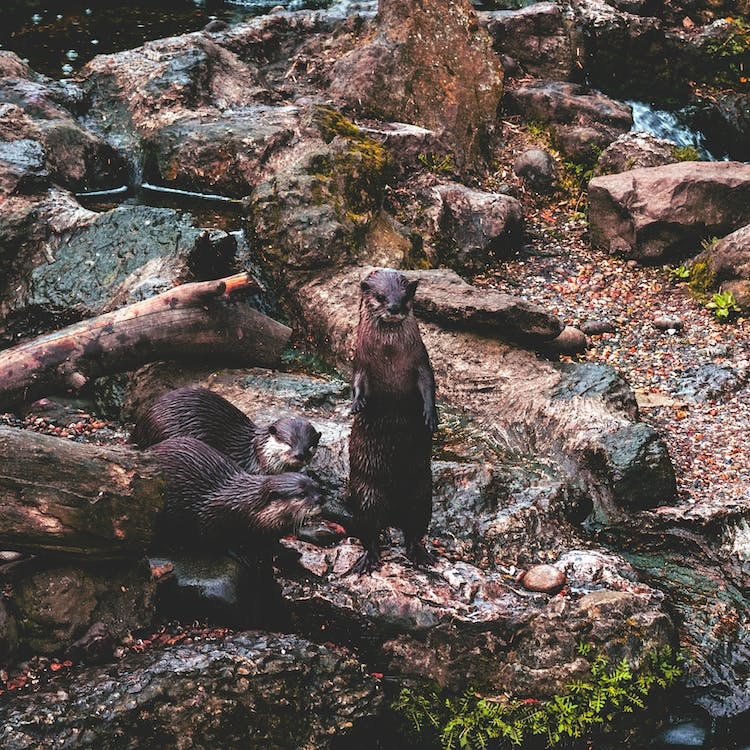Welcome to the world of otters! Otters lead a fascinating life in their aquatic homes, and we have the privilege to delve into this mystery today. With a focus on their natural environment or ‘Otter Habitat’, we will explore how these adorable creatures navigate life under and above water, interact with their surroundings, and contribute to the health of their ecosystems.
The History of Sea Otters: A Tale of Lost and Found

Sea otters have a riveting history tied to their struggle for survival. Their near extinction is a poignant reminder of how crucial the preservation of otter habitats is. As a species on the brink, their comeback didn’t just restore their own numbers, it significantly revived the health of their home—the Pacific Ocean’s coastal ecosystems.
A Delicate Dance of Life

But why is the otter habitat so important? Our planet Earth spins a delicate web where every creature becomes an integral part. A unique balance exists where each aquatic being controls the other, maintaining biodiversity and ensuring the survival of all species, including otters.
To illustrate:
- Sea otters possess an extraordinary coat consisting nearly of a million hairs per square inch. This serves as insulation against the cold, waterproofing them for their life under and below water.
- Top predators of sea urchins, otters help curtailing their population; thus, preserving the kelp forests in the shallow waters.
- With the elimination of otters, the unchecked sea urchin population dwindled the forests, disrupting balance in the ecosystem which even affected fish nurseries.
The Resurgence of the Otter Habitat

The sudden disappearance of otters spurred a drastic change in their ecosystems. However, the discovery of a small surviving group in Big Sur in 1938 brought a ray of hope for these elegant creatures.
The Ripple of Positive Effects
As the sea otters began to multiply, their shaping influence breathed new life into the aquatic habitat. By keeping sea urchins in check, they helped restore the precious kelp forests, demonstrating the power of one species in the preservation of entire ecosystems. This spells out the critical need for maintaining the delicate balance in the otter habitat for all marine life.
The story of otters gives us an insight into how an ecosystem operates, and why every species, even the smallest, is vital in this intricate tapestry of life. The perfection of this balance in the otter habitat underlines that nature flourishes best when left to its own devices.
Further Discoveries
You can learn more about otters and their habitat at the following resources: